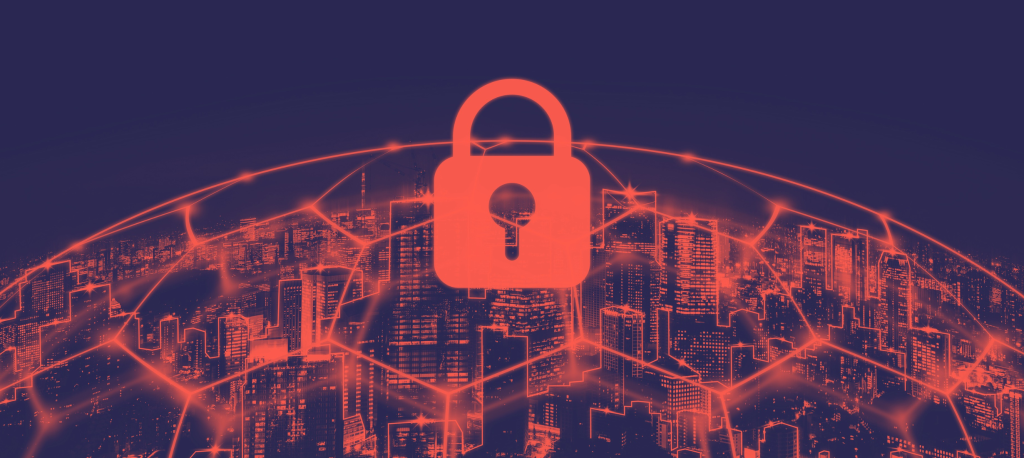Introduction to Generative AI in Cybersecurity
As digital landscapes evolve, cybersecurity has become more crucial than ever. The increasing dependency on digital platforms and the exponential rise in data exchange make robust security a necessity. At the same time, Generative AI—a groundbreaking technology that creates new content based on patterns and data—presents both a challenge and an opportunity for cybersecurity professionals. This transformative technology not only reshapes how threats are identified and mitigated but also influences the very roles that security professionals play.
Generative AI has the potential to significantly alter cybersecurity roles by introducing advanced automation, improving threat detection, and providing new avenues for cyber defenses. However, with these advancements come new threats, requiring cybersecurity experts to adapt, innovate, and integrate AI-driven solutions. This article delves into the changing landscape of cybersecurity due to generative AI, analyzing its implications and how professionals can leverage these changes for more efficient and secure digital environments.
How Generative AI Enhances Cybersecurity Efforts

Advanced Threat Detection and Analysis
Generative AI algorithms, trained on vast amounts of data, excel at identifying patterns and anomalies that might be overlooked by traditional methods. In cybersecurity, this ability translates to improved detection of sophisticated threats such as phishing attacks, malware, and ransomware. AI models can analyze enormous datasets in real time, identifying unusual behavior and flagging it for further investigation. This predictive capability allows organizations to anticipate cyber threats before they escalate into full-blown attacks.
For example, generative AI can simulate phishing emails with high accuracy, training employees to recognize real-world scenarios. Additionally, AI-driven tools can generate reports and risk assessments that detail vulnerabilities, making it easier for cybersecurity experts to prioritize their responses. This technology significantly reduces the time between the detection of a threat and the implementation of preventive measures.
Automation of Repetitive Security Tasks
One of the most valuable aspects of generative AI is its ability to automate routine tasks. These include vulnerability assessments, security monitoring, and patch management. Automating such tasks frees cybersecurity professionals to focus on more strategic responsibilities, such as high-level threat analysis and the development of robust security policies. Automated systems can execute these repetitive duties with unparalleled speed and accuracy, reducing the margin for human error.
Moreover, AI’s automation capabilities extend to creating and deploying security patches across networks. Generative AI can analyze a software environment, identify security weaknesses, and suggest appropriate fixes. This not only increases the efficiency of software updates but also strengthens overall system security, providing a proactive shield against potential attacks.
Key Domains Impacted by Generative AI in Cybersecurity
1. Risk Management and Threat Intelligence
Generative AI is redefining how organizations manage risks. Traditional risk assessments are often static and require significant manual effort. In contrast, AI-powered systems can dynamically evaluate risks, continuously monitoring and adapting to the evolving threat landscape. These systems can generate real-time risk profiles, helping organizations make informed decisions quickly. They can also analyze threat intelligence data from a variety of sources, generating predictions about potential attack vectors.
By using generative AI, cybersecurity professionals can stay one step ahead of attackers, proactively identifying vulnerabilities before they are exploited. This shift from reactive to proactive security is a game-changer in managing risks effectively.
2. Security Architecture and Engineering
Designing secure systems requires a deep understanding of the underlying architecture and potential threats. Generative AI aids in this by suggesting security measures during the design phase and by simulating attacks to test the system’s resilience. These simulations allow organizations to evaluate their defenses without exposing themselves to real threats. Furthermore, generative AI can create detailed blueprints for secure architectures, considering industry best practices and past vulnerabilities.
By automating the testing and validation of security measures, AI empowers cybersecurity engineers to construct more robust defenses. This not only enhances the initial build but also ensures ongoing resilience as threats evolve.
3. Network Security and Communication
The transfer of data across networks presents a significant challenge for cybersecurity experts. AI-driven monitoring tools can analyze network traffic in real time, identifying suspicious patterns that may indicate an impending attack. Generative AI can create automated alerts and incident reports, providing security teams with the information needed to respond swiftly to potential breaches.
Additionally, generative AI enhances encryption techniques, ensuring secure communication channels across the organization. This capability is particularly important as the sophistication of cyber threats increases, requiring equally advanced defensive strategies.
The Evolving Role of Cybersecurity Professionals
Adapting to AI-Driven Security Solutions
As generative AI becomes more embedded in cybersecurity operations, the role of professionals in the field will evolve. Manual, time-consuming tasks will become automated, allowing experts to focus on strategic and creative aspects of security. Professionals who adapt to this change by developing skills in AI and data analysis will be better positioned to lead cybersecurity initiatives.
Cybersecurity specialists will need to become proficient in understanding and utilizing AI tools, interpreting AI-generated data, and designing strategies that incorporate AI recommendations. This shift will enable them to take on advisory and leadership roles, guiding organizations through the complexities of AI-enhanced security landscapes.
Reskilling and Upskilling for the AI Era
The adoption of generative AI requires a new skill set, one that combines traditional cybersecurity knowledge with expertise in machine learning and data science. Professionals who embrace this change by learning about AI algorithms, data privacy, and ethical considerations will remain valuable assets in the cybersecurity workforce. Training programs, certifications, and continuous education will be critical for those seeking to thrive in this rapidly changing field.
As AI transforms cybersecurity, the demand for individuals capable of integrating AI-driven solutions into existing security frameworks will grow. These professionals will not only protect digital environments but will also drive innovation within the industry.
Challenges Posed by Generative AI in Cybersecurity
New Vulnerabilities Introduced by AI
While generative AI offers numerous advantages, it also introduces new risks. Cybercriminals can exploit AI systems to create more sophisticated attacks, such as generating deepfakes or developing automated phishing schemes that are more convincing than ever before. This necessitates a continuous effort to stay ahead of adversaries by improving AI defenses and keeping pace with technological advancements.
Furthermore, the dependency on AI-driven solutions raises questions about trust and reliability. A single vulnerability in an AI system can have widespread consequences, making the need for secure AI development a top priority for cybersecurity professionals.
Balancing Human Expertise with AI Automation
Another challenge is finding the right balance between AI automation and human expertise. While AI can handle vast amounts of data and identify patterns, it lacks the nuanced understanding of organizational culture and context that humans possess. Human professionals will continue to play a critical role in interpreting AI outputs, making judgment calls, and implementing creative solutions that AI alone cannot achieve.
The most effective cybersecurity strategies will be those that blend AI capabilities with human insight, leveraging the strengths of both to build resilient defenses.
Conclusion: The Future of Cybersecurity in the AI Era
Generative AI is poised to reshape the cybersecurity landscape, offering unprecedented opportunities to enhance defenses while introducing new risks that must be managed. Cybersecurity professionals must adapt to this evolving field by embracing AI-driven tools, reskilling, and finding innovative ways to incorporate AI into their workflows. The future of cybersecurity will depend on this balance, as AI and human expertise combine to create a more secure digital environment.
As the digital world continues to grow, cyber security’s importance will only increase, with AI playing a central role in safeguarding our information and systems. Professionals who adapt and innovate will not only stay relevant but will also lead the charge in securing the digital age.











 By
By


 By
By







